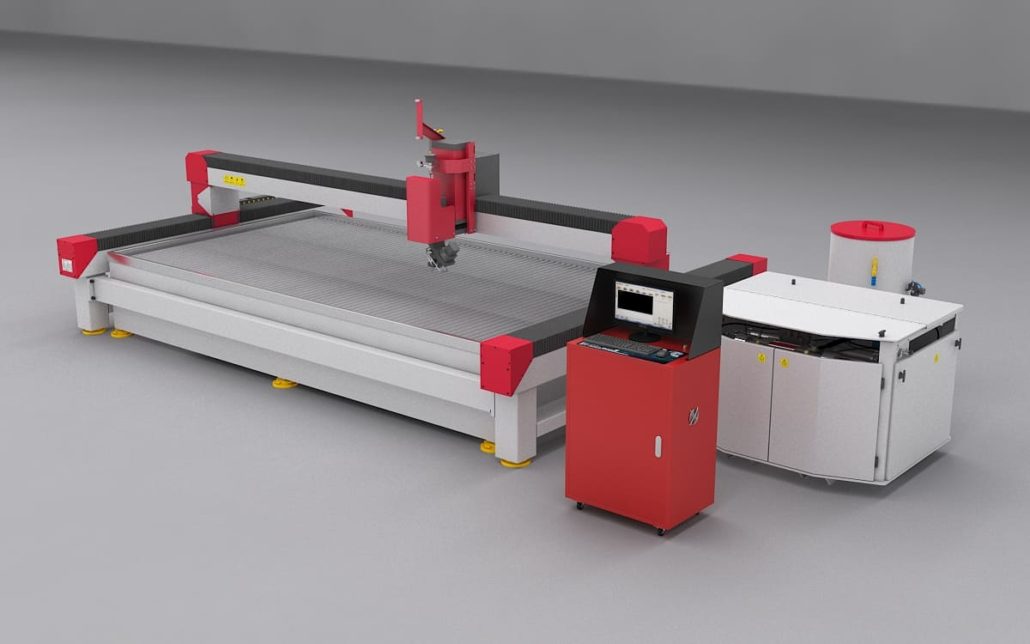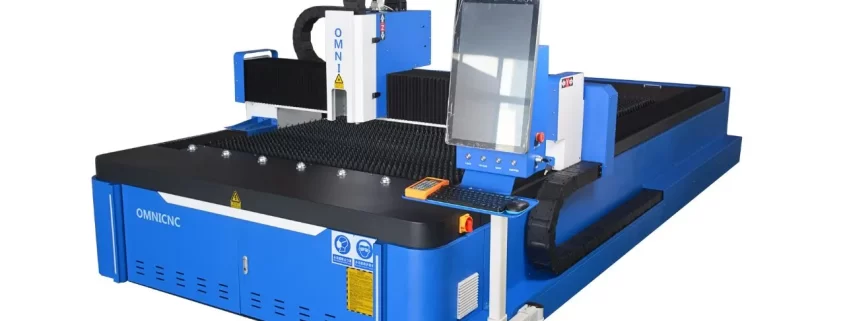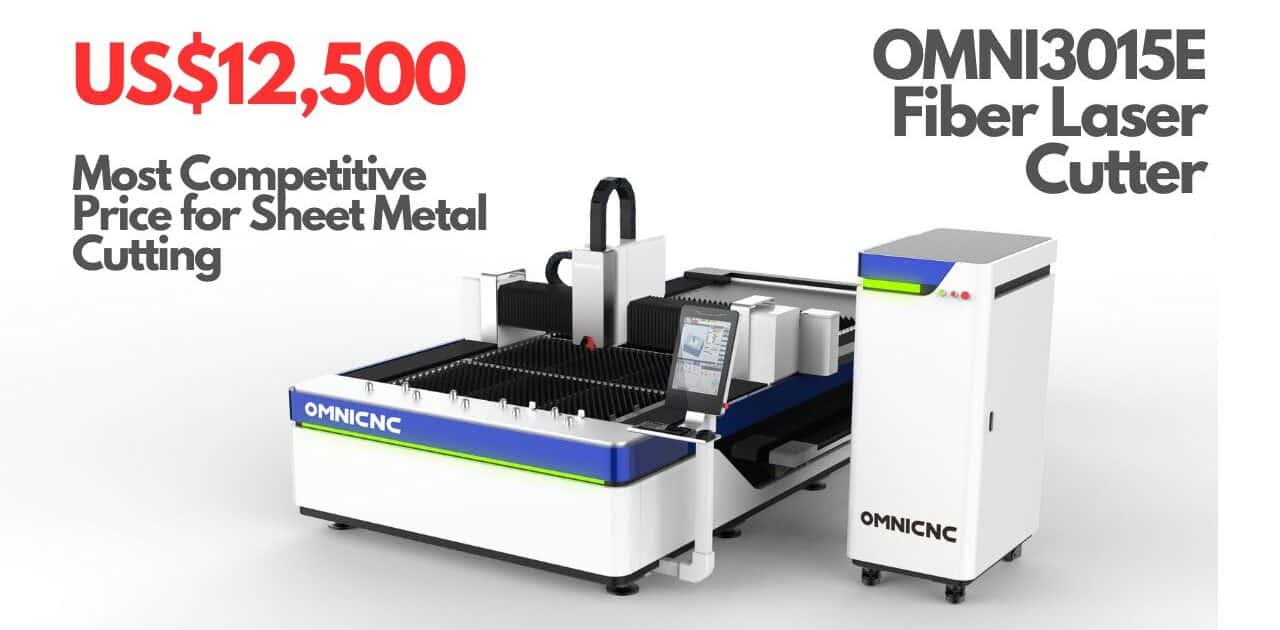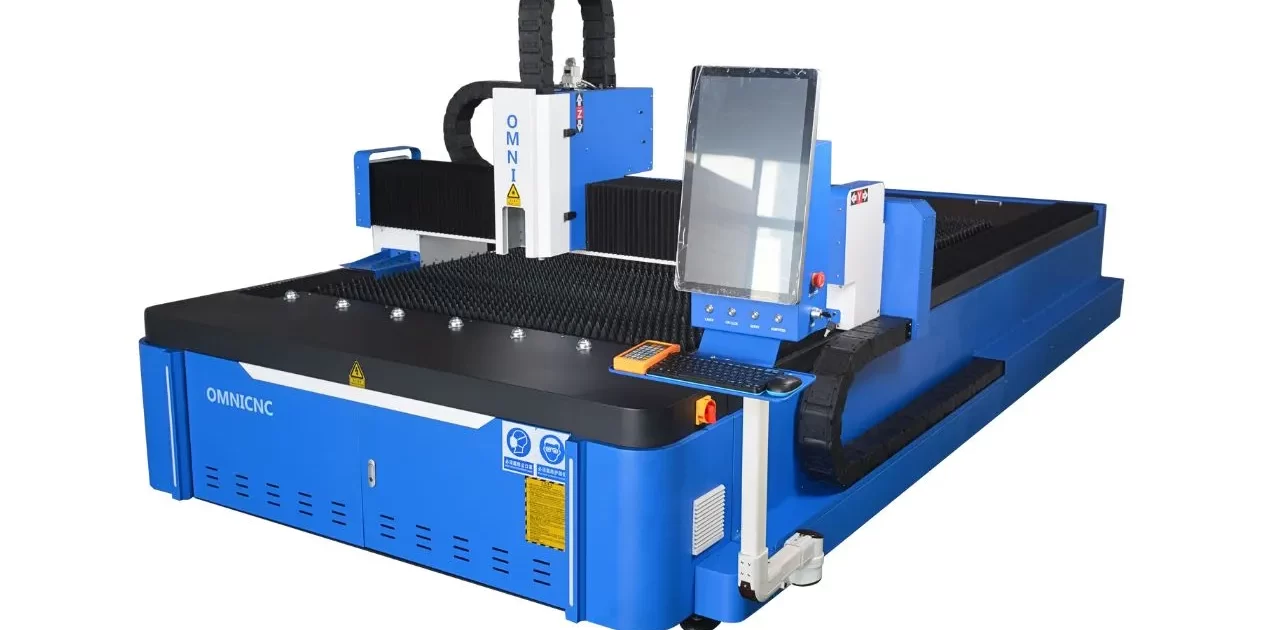What Is The Best Tool For Cutting Sheet Metal?
Need to cut sheet metal, but not sure what the best sheet metal cutter is? This guide will help you make the right choice.
Introduction
There are several properties of sheet metal that have made it useful in a variety of applications, such as
- Lightweight
- Corrosion resistant
- Economical
- Strong
- Can be easily welded
These properties make sheet metal useful for construction, automotive, medical, and electrical applications.
Sheet metal material can be of many types, with the most popular being:
- Stainless steel – Sheet metal fabrication makes use of stand and spring like stainless steel. Non-magnetic and magnetic standard stainless steel may be used for sheet metal fabrication.
- Cold rolled steel – This is typically used to offer a smooth finish to hot rolled steel and keep it tighter during formation.
- Pre-plated steel – This can consist of galvanized or galvannealed steel.
- Aluminum – Different aluminum grades may be used for different applications based on the specific properties of each grade.
- Copper/brass – This is another popular choice for designers and engineers looking for a “red” metal.
There are different sheet metal operations that are performed that make the use of sheet metal crucial for several industries. Sheet metal operations include cutting and forming, which can be further subdivided into separate operations.
Sheet metal cutting operations
Such operations break the structure of the sheet metal into various parts. These operations include:
- Shearing – Typically involves creating two or more pieces of sheet metal by cutting along a line.
- Blanking and fine blanking – Here, a predefined shape is cut and punched out during the cutting process. Fine blanking is a more accurate way to do the same thing.
- Punching – The final outcome is the metal portion left behind after blanking, not the portion punched out.
- Piercing – A bullet-shaped punch is used to cut tiny, cylindrical holes in the sheet metal. Only a tiny portion of the actual material is removed.
- Perforating – Similar to piercing, this operation makes use of holes that have been punched in a pattern.
- Slotting – Rectangular (sometimes unfinished) holes are cut into the sheet metal.
- Notching – Shapes are cut from sheet metal edges, removed, and trimmed.
An effective sheet metal cutter is necessary for the proper use of sheet metal in various applications. Which is the best tool to use to cut sheet metal? Read on to find out.
Types of tools used to cut the sheet metal
Before we get to the best sheet metal cutter, you need to know about the several tools that can perform the cutting task. Whether a metal pipe cutter, metal hole cutter, metal die cutter or any other like a laser cutter for metal, you need to pick a tool based on your needs. Here’s a quick breakdown of the types of tools used to cut sheet metal.
CNC shears
Sheet metal cutter CNC shears are meant to last for long. They use a CNC controller to set the cutting angle as well as blade clearance based on the input details about the type of material and thickness desired. The cutting length and thickness capacity can help to meet your cutting needs for sheet metal. The durable structure and easy handling, along with low cutting costs, make CNC shears a useful tool to cut sheet metal.
Punch machines
Punch machines are meant to punch and emboss flat sheet materials so that form features may be developed. The number of pieces to be punched can be calculated automatically once you enter the length of bars and program the work pieces. The fully automated work process makes punching tasks easier, with the bar being pushed towards the stop once the work piece number has been entered.
With punch machines, metal stampings can be processed efficiently and flexibly. Punch machines are crucial today in small and medium runs. They also feature quick change tools and linear die carrier.
Plasma cutters
Plasma cutters make use of an accelerated hot plasma jet to cut through electrically conductive materials. They can be used to cut brass, copper, stainless steel, steel, aluminum, and other metals. With the use of this tool, an electric arc is sent via gas passing through a small opening. The gas is converted into plasma for it to pass through metals easily without much resistance. This allows for cleaner cuts to be made and results in sturdier constructions.

There are manual as well as mechanized plasma cutters. While manual plasma cutters can be used for small scale jobs, mechanized ones require large scale applications. They also require more power to operate and are difficult to move.
Plasma cutters can be used in several applications, including:
- Fabrication shops
- Industrial construction
- Scrapping operations
- Automotive repairs
These devices are quick and can offer a great deal of precision.
High-pressure water cutter

A high-pressure water cutter is an industrial tool that makes use of a high-pressure jet of water (or combines water with other abrasive substances) to cut materials. Hard materials like metal typically require water to be combined with abrasive substances, while softer materials can use just high-pressure water for the purpose of cutting. Garnet is the abrasive used with high-pressure water cutters to cut metal.
What really results in cutting is the speed and pressure with which the water is directed on the material being cut. The ultra-high pressure water passes through a small orifice and cuts sheet metal effectively. The pressure used is typically 50,000 to 60,000 PSI, but some new systems use water at a pressure as high as 90,000 PSI.
FIBER LASER CUTTING MACHINE
A metal laser cutting machine can help to cut intricate shapes, designs, and small holes for the high quality and accuracy of cuts. Light Amplification by Stimulated Emission of Radiation (LASER) uses high-intensity light of a particular wavelength or color to create cuts.
The laser beam is focused with the help of a special lens in the laser cutting head. The heat generated from focusing the laser beam on a spot is so intense that it can be used for cutting sheet metal.
In a CNC laser metal cutter, the cutting head is moved over the sheet metal in the shape of the cutting desired. Maintaining the distance between the nozzle end and metal is important because it has an impact on cut quality.
Why are laser metal cutters the best for thin sheet metal fabrication?
With so many sheet metal cutting tools around, which one should you choose? The best option is to go with a fiber laser cutting machine for carbon sheet metal less than 45mm, stainless steel sheet metal less than 25mm.
The laser cutting machine market is expected to grow at CAGR of 9.5% between 2020 and 2027. For supporting data on many of these points, check this out.
Cost
While at the outset, a fiber laser cutting machine may seem like the more expensive option, the benefits quickly translate into cost savings in the long run. You won’t have to worry about physical surfaces wearing out or custom built tooling as you would with other sheet metal cutting tools. There are also fewer mechanical moving parts in a laser metal cutter, so operating and maintenance costs are reduced. Material is used efficiently because of the high level of precision, so there is likely to be less wastage when you use a laser metal cutter.
Speed
If you want to make complex cuts on sheet metal as quickly as possible, using a fiber laser cutting machine is your best option. You will be able to cut designs of your choice faster than conventional cutting methods. A laser metal cutter achieves quicker results when compared to thermal cutting methods such as plasma or flame cutting. This is, however, influenced by the power consumption of the laser metal cutter.
The maximum idle running speed of the machine is 80m/min.
Productivity
A laser metal cutter can meet the demands of rectangular tube, round tube, and square tube cutting. The choice of cutting optics (50 mm – 200 mm) makes it possible for the system to have a high level of productivity, with 100,000 laser life hours. The power available is 1000w, 1500w, 2000w and 3000w (optional).
Hi-tech automation
A fiber laser cutting machine is a highly automated system, requiring very little manpower to complete routine tasks. The operator of the laser metal cutter, however, still plays an important role in the quality of the final output of the machine, but the step-by-step involvement is much lesser. This can result in lower labor costs as well while saving time and increasing efficiency. You can also get a fiber laser cutting machine with follow-up conveyors and feeding systems, so you will end up saving a lot. The sealed tight light box also promotes safety in the use of the automated laser metal cutter.
Precision & replicability
The focused beam of light that sheet metal is exposed to help to cut with a level of precision that is unparalleled. The accuracy and precision are higher than other sheet metal cutting tools. This is especially why the aerospace industry makes use of laser metal cutters. The high level of precision makes it possible to create parts that are replicas of each other, something that can’t be said for other cutting methods.
Position accuracy of the machine is ±0.05mm/m.
Flexibility & versatility
A fiber laser cutting machine can be used for different types of sheet metal operations, not just cutting. It’s possible to drill, mark, engrave, and do so much more with a laser metal cutter. Besides this, a laser metal cutter can also be used on different types of material, such as:
- Carbon steel 1-45 mm
- Stainless steel 1-20 mm
- Copper
- Brass
- Aluminum 1-6 mm
This gives flexibility and versatility in the use of a laser metal cutter. The area being worked on also suffers minimum warping or distortion, so there is less wastage.
Applications support
A fiber laser cutting machine finds application in several areas for sign cutting, including:
- Manufacturing and production processes
- Medical sector
- Furniture
- Electrical uses
- Construction
- Sporting goods
- Automotive industry
- Hardware
- Dental application
- Heating and cooling
- Power tools
Edge quality
When you use a laser metal cutter, you will get improved edge quality of the end result while avoiding burrs. Improved edge quality leads to a more attractive appearance of your end product. Attractive appearance is perceived to signal higher quality and fit of the finished product. Removal of burrs also increases safety when handling the material and reduces the number of accidents that can result.
The cutting thickness of the machine is ≤6mm.
No mechanical friction
A laser metal cutter makes use of a laser beam to cut sheet metal, making it a contactless cutting process. Only the beam is in contact with the materials, so there is no chance of any mechanical friction resulting in the wearing out of the machine tools. The melting and cutting are a result of the heat generated. The contactless method minimizes damages and helps to avoid expensive repairs.
Why are water jet cutting machine is the best for thick sheet metal cutting?
Waterjet cutting is a very versatile process that can cut through a wide range of materials, including thick metal up to 200mm. Waterjet cutting machine is also very accurate, and it can produce smooth, burr-free cuts. However, waterjet cutting is not as fast as some other cutting methods, but it is at super high precision comparing laser cutting machine on cutting thick sheet metal.
Plasma cutting is another good option for cutting thick sheet metal. Plasma cutting is faster than waterjet cutting, and it is also less expensive. However, plasma cutting is not as accurate as waterjet cutting, and it can produce more burrs.
Oxyfuel cutting is a traditional method for cutting thick sheet metal. Oxyfuel cutting is relatively inexpensive, and it can be very accurate. However, oxyfuel cutting is not as fast as some other methods, and it can be dangerous.
If you need to cut very thick metal, then a waterjet cutting machine is the best option. If you need to cut thick metal quickly and inexpensively, then a plasma cutting machine is a good choice. If you need to cut thick metal accurately and without burrs, then an oxyfuel cutting machine is a good option.
| Method | Pros | Cons |
|---|---|---|
| Waterjet cutting | Very versatile, accurate, smooth cuts | Expensive, slow |
| Plasma cutting | Fast, inexpensive, relatively accurate | Not as accurate as waterjet cutting, can produce burrs |
| Oxyfuel cutting | Inexpensive, accurate, can cut very thick metal | Slow, dangerous |
For more details on the benefits of a laser metal cutter in comparison to other metal cutting methods, check this out.
Want to experience the benefits for yourself? Choose OmniCNC for world-class fiber laser cutting machines. With this sheet metal cutter for sale, you’ll realize the importance of precision. Still have questions? Send us your questions and let us help you before you place an order with us.





